Portrait of Leo Lehmann
Rudolf Lehmann
1851
Image
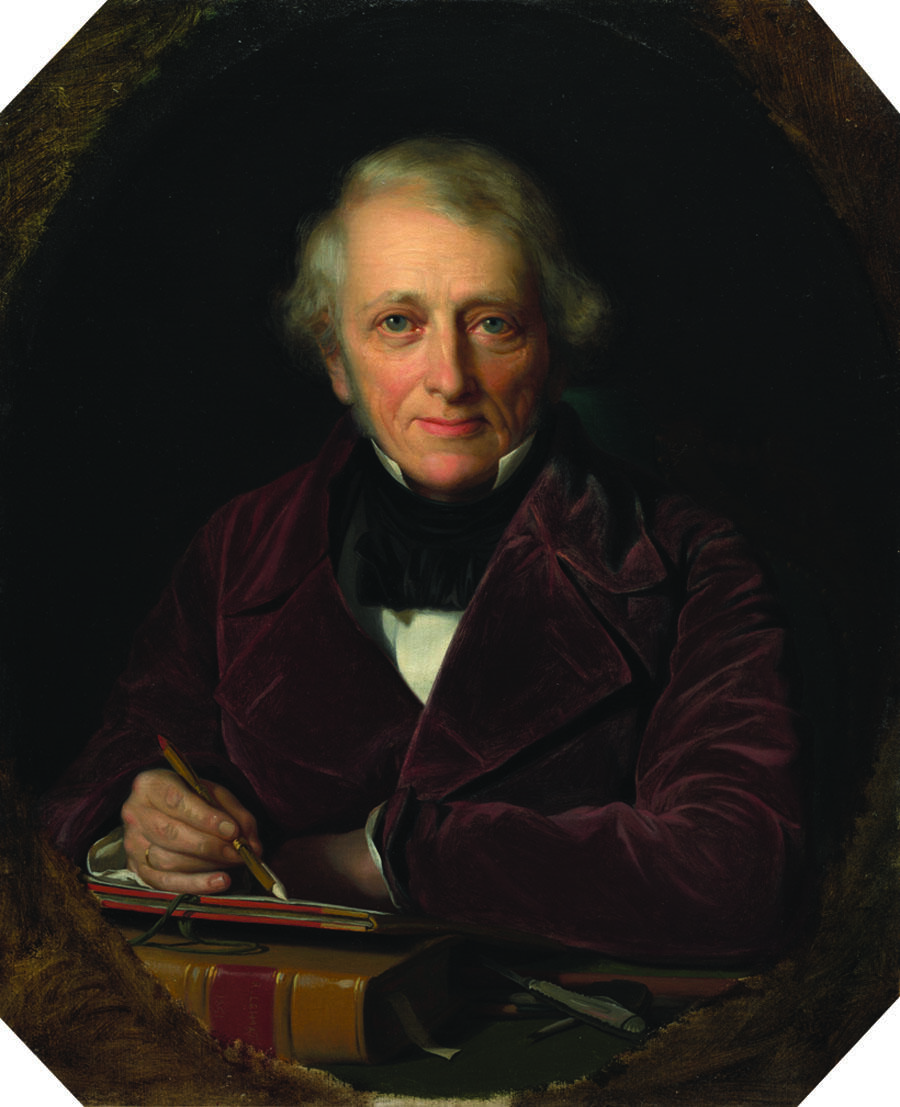
Engage with this Source
Creator Bio
Rudolf Lehmann
1829–1905
Rudolf Lehmann was born into a Jewish family of artists near Hamburg. The son of Leo Lehmann, a painter, Lehmann undertook his artistic training in Paris, Munich, and Rome, alongside his brother Henry. After winning a gold medal at the Paris Salon, the annual art exhibition of the Académie des Beaux-Arts, 1843 for one of his paintings, the artist was commissioned by the French government to produce a number of religious paintings for provincial churches. Lehmann became a talented and sought-after portraitist, whose sitters included English nobles, as well as the poet and playwright Robert Browning. Having married in London and spent much of his career in the city, Lehmann frequently exhibited at the Royal Academy. Later in his life, Lehmann also wrote his autobiography.
You may also like
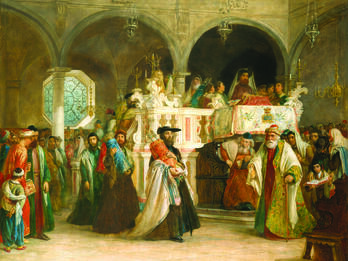
The Feast of the Rejoicing of the Law at the Synagogue in Leghorn, Italy
In the nineteenth century, especially in the era before photography, it was common for artists to travel to exotic or picturesque locations in Europe, North Africa, and the Near East, and to produce…
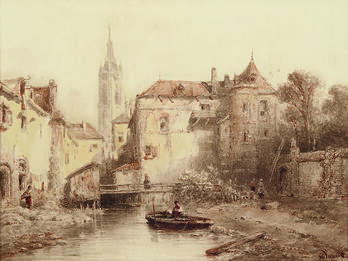
Townview with Bell Tower in the Background
This sepia watercolor-over-pencil picture is representative of the romantic landscapes and cityscapes for which Salomon Leonardus Verveer was best known. His work bridges the romantic tradition in…
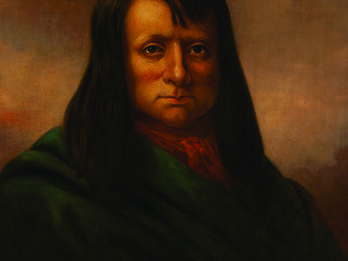
Portrait of Wakara
Solomon Nunes Carvalho painted this portrait of Wakara (ca. 1808–1855) of the Timpanogos tribe (later chief of the Utah Indians) after returning from a trip to the territories of Kansas, Colorado, and…
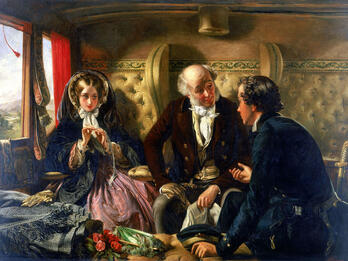
First Class—The Meeting
This is the second version of First Class: The Meeting—And at First Meeting Loved painted by Abraham Solomon. A young man in naval uniform talks with an older man and a young woman, who sits near the…
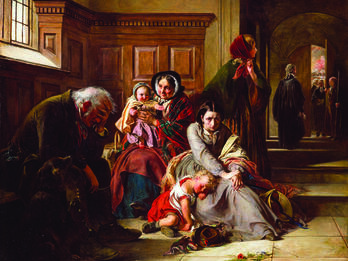
Waiting for the Verdict
Waiting for the Verdict depicts a despondent family sitting outside a courtroom, waiting for a verdict in the trial of a loved one. Through the door can be seen a judge and white-wigged lawyers…
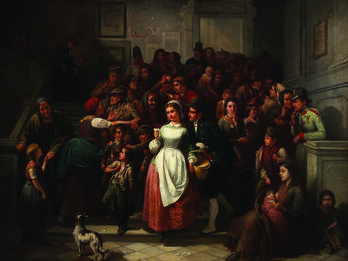
People Pouring out of a Public Building into the Street
People Pouring out of a Public Building into the Street is one of Friedrich Friedländer’s best-known works. In the mid-nineteenth century, as part of a trend in European art that was moving away from…

